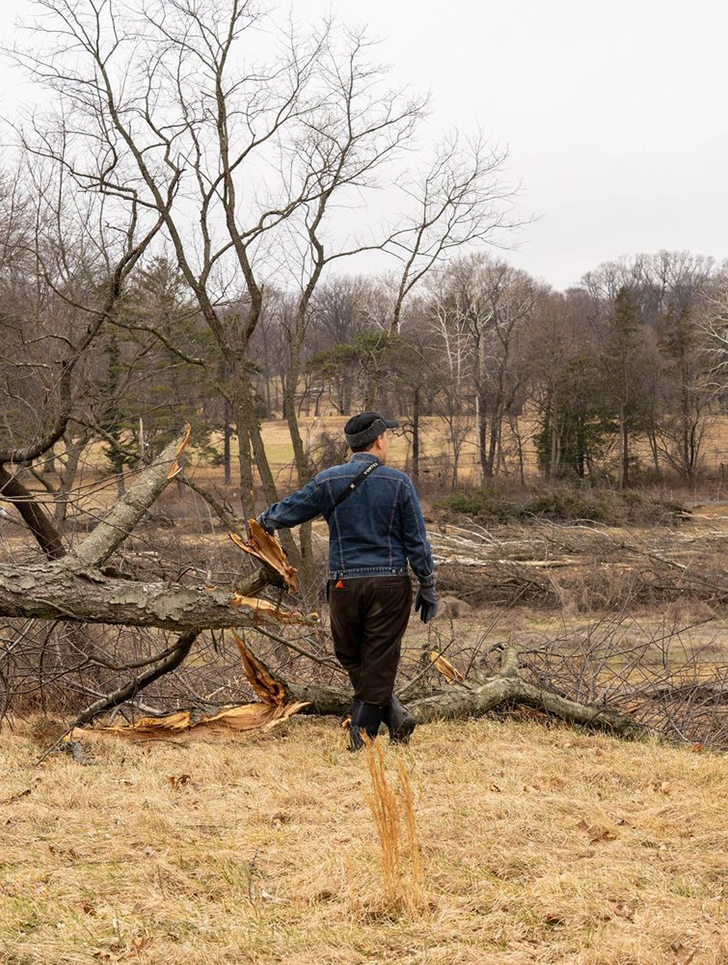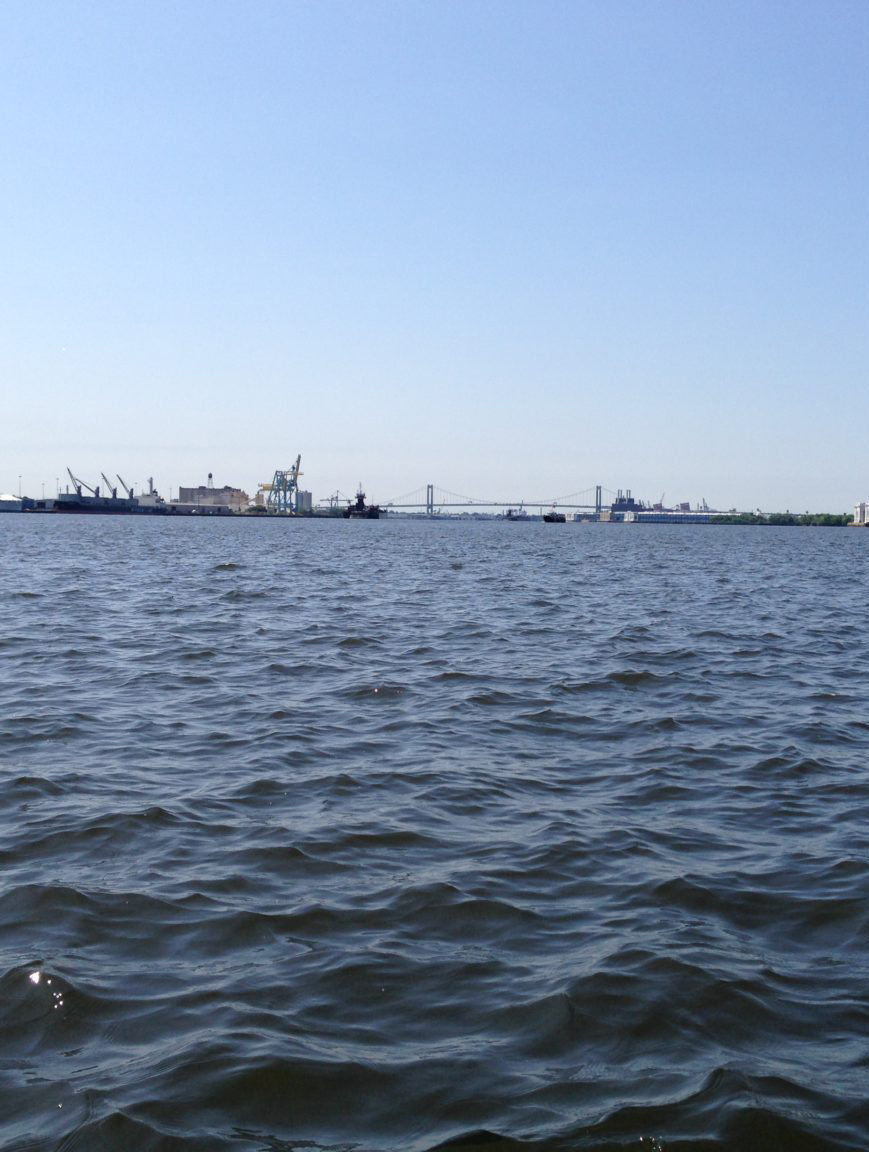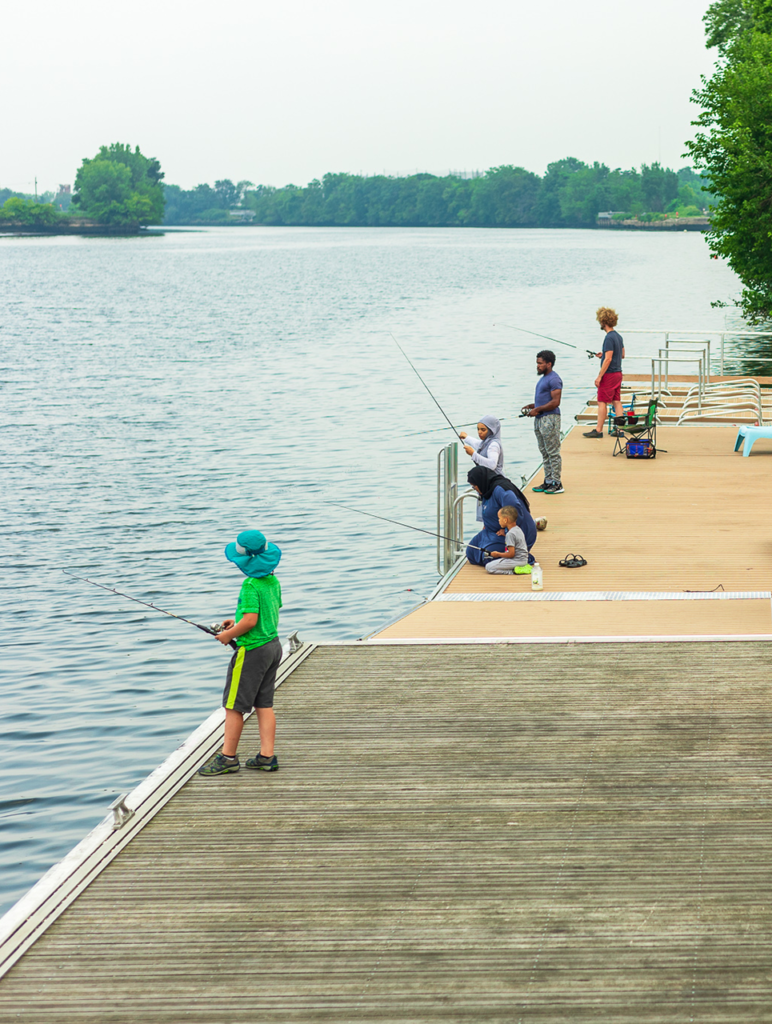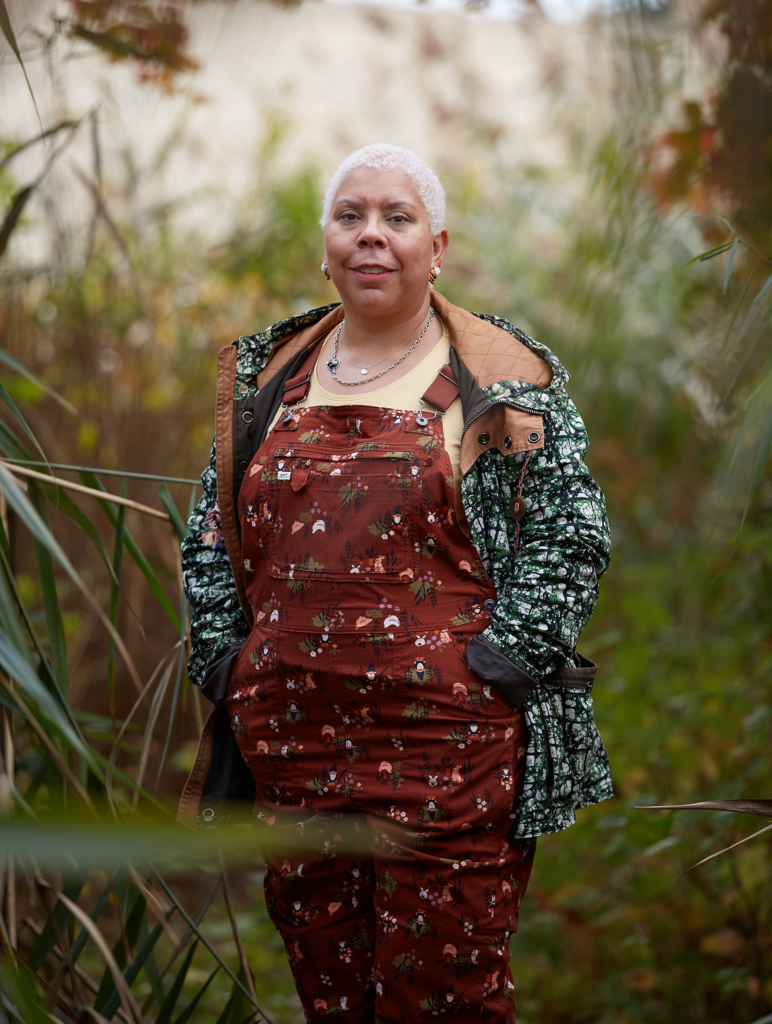Everyone loves Green City, Clean Waters — at least in theory.
Twelve years ago the Philadelphia Water Department (PWD) rolled out the ambitious, 25-year plan meant to deal with our combined stormwater-sewer system. When it rains, stormwater that flows off of roofs and pavement tends to overwhelm the system, sending raw sewage into our rivers and creeks. Aside from just being disgusting and violating federal law, the pollution can make us sick.
Lots of cities are dealing with the same problem by installing new stormwater systems. Washington, D.C. dug a two-mile, 23-foot-wide tunnel under the city to reduce sewage overflows into the Anacostia River.
Philly came up with a better plan, we were told. Since vegetation soaks up rainwater, Green City, Clean Waters has used plantings to moderate the flow of runoff. Green infrastructure like rain gardens are also cheaper than the $10 billion tab for building new tunnels and underground water storage tanks, and they come with the recreational and ecological benefits of urban greenspace.
But it appears that Green City, Clean Waters isn’t enough. As Kyle Bagenstose writes in this issue, PWD isn’t on track to reach its target of greened acres. And even if they were, global warming is moving the target.
Most troubling is that the plan was designed for how rain fell in the years prior to 2006, not for how it falls in 2023 or how it is predicted to fall in 2036 and beyond, as global warming brings more frequent and intense precipitation. In coming years, it is entirely possible that storms could dump so much water on Philadelphia that even if every greenable acre were greened, it still wouldn’t be enough to soak it up.
So, what if the basic plan of Green City, Clean Waters is impossible to scale up sufficiently to deal with our wetter future? What’s the plan B?
Currently, the City refuses to come up with one. PennEnvironment published a report about Green City, Clean Waters’ shortcomings in July. It found that PWD has accomplished some impressive reductions in sewage overflows, but that there are still billions of gallons annually left to deal with, and that it isn’t clear that the City can close the remaining gap, especially since climate change is widening it.
PWD responded with an impassioned rebuttal that admitted: “It is simply not realistic to move the goalposts on a massive, 25-year initiative at the halfway point to dramatically increase the implementation pace or add new projects.”
Reality be damned, they’re stuck with what they planned almost 12 years ago. Apparently it doesn’t matter to them that even if they execute their plan perfectly, in 2036 we’ll still be stuck with many billions of gallons of sewage polluting our waterways and in need of another fix. What kind of success is that?
Switching to plan B isn’t easy. As PWD correctly argues, they don’t currently have the money or other resources they would need to keep pace with the actual problem they are striving to solve. But that doesn’t make change any less important. At the end of the day, do we want to swim and paddle in what we flush down the toilet, or do we want the clean waterways mandated by federal law?
Bernard S. Brown
Managing Editor








